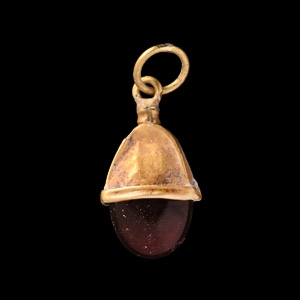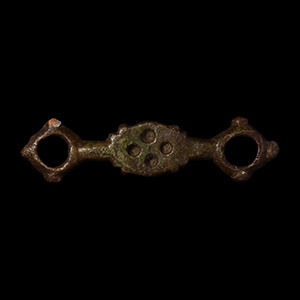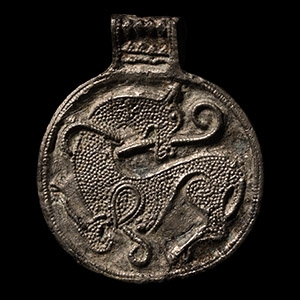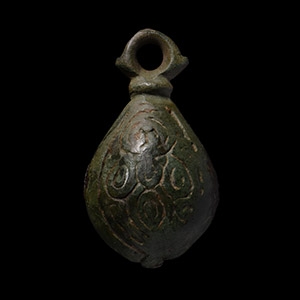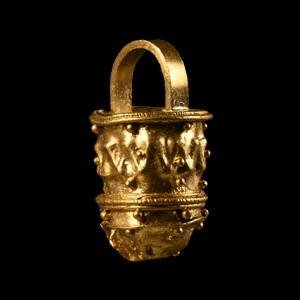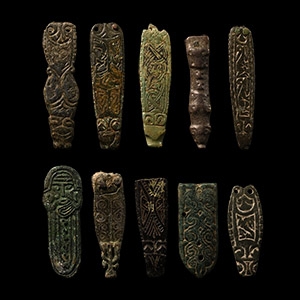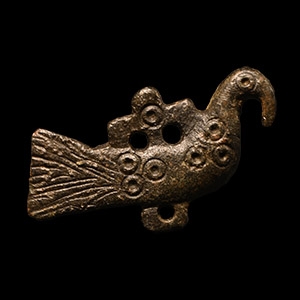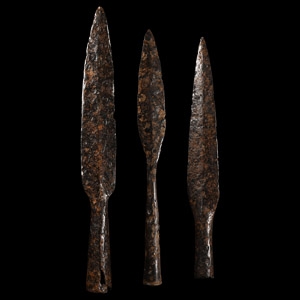Home > Auctions > 23 - 27 May 2023
Ancient Art, Antiquities, Natural History & Coins
Auction Highlights:
From the collection of a North American gentleman, formed in the 1990s.
Cf. Hammond, B. M., British Artefacts Volume 2 - Middle Saxon and Viking, p.57, item 1.5.3-f.; and Korshyn, V.E., Yazcheskye Priveski Drevnei Rusi X-XIV Vekov, Moscow, 2013, item M.2.02.
The iconography of the pendant is evidently based on the mythological representation of Odin, whose ravens, Huginn and Muninn, were his spirit companions and confidents. Huginn and Muninn travelled around the world bringing news and information to their master. Odin sent them out at dawn to gather information and they returned in the evening, sitting on the god's shoulders and whispering the news into his ears. It is from these ravens that the raven-god kenning representing Odin was derived.
Acquired 1970-2010.
Collection of a late Japanese gentleman.
From the collection of a North American gentleman, formed in the 1990s.
Found UK.
Ex North Country collection; formed between 1970-2000.
From the collection of a North American gentleman, formed in the 1990s.
From the collection of a North American gentleman, formed in the 1990s.
Acquired on the German art market before 2000.
From an old Munich collection.
From the collection of a North American gentleman, formed in the 1990s.
See Khrapunov, I. & Stylegar, F.A., Inter Ambo Maria, Contacts between Scandinavia and the Crimea in the Roman Period; Бажан И, А., Каргапольцев С, Ю, 1989, Об одной категории украшений-амулетов римского времени в Восточной Европе, СА, No.3; also see Meaney, A., Anglo-Saxon Amulets and Curing Stones, Oxford, BAR British Series 96, 1981, p.166-168, for discussion of the type.
Pendants in the form of miniature buckets have been found in a number of pagan Anglo-Saxon and Viking contexts and are generally made of bronze or iron, with gold examples being rare; three gold examples were found with the hoard from Hoen, Norway. Bronze bucket amulets have been found at Driffield in Yorkshire, and Vimose bog in Denmark, among other places. In form they represent wooden buckets bound with bronze or iron bands which have been found in Anglo-Saxon and Viking graves and are believed to have held mead or ale and were used to replenish the cups from which warriors drank. As amulets they probably represent the ecstatic power of alcoholic drink and the role of women as the dispensers of these precious beverages.
From the collection of a North American gentleman, formed in the 1990s.
See Thomas, G., Late Anglo-Saxon and Viking Age Strap-Ends 750-1100: Part 1, Finds Research Group datasheet 32, Sleaford, 2007.
Found near Lincoln, Lincolnshire, UK.
Cf. Williams, D., Late Saxon Stirrup-Strap Mounts, York, 1997, p.59.
From the collection of a North American gentleman, formed in the 1990s.
Cf. The British Museum's Portable Antiquities Scheme, record id. SUR-F46DF7, for type.
The profile of the bird's beak suggests this is an eagle (symbolic of the Resurrection and St John) rather than a dove (symbol of the Holy Spirit), although either are a possibility. There is a group of three pierced holes on the bird's breast which might symbolise the Holy Trinity.
Acquired 1971-1972.
From the collection of the vendor's father.
Property of a London, UK, collector.
Cf. Sedov, B.B., Finno-Ugri i Balti v Epokhi Srednevekovija, Moscow, 1987, pl.CXXIII, items 26-27.
The Curonians were known as fierce warriors, excellent sailors and pirates. They were involved in several wars and alliances with Swedish, Danish and Icelandic Vikings. Baltic tribes created an original and impressive set of weaponry. They included battle knives, battle axes and spears and javelins with medium sized heads of a characteristic shape.
1141 - 1152 of 2508 LOTS

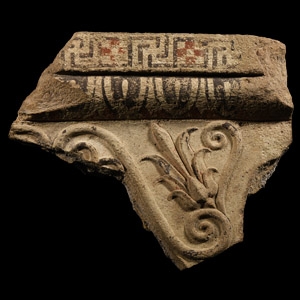
.jpg)


.jpg)
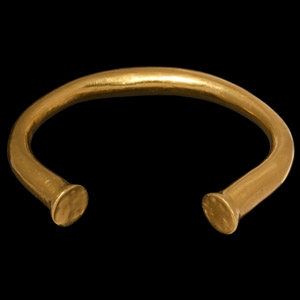
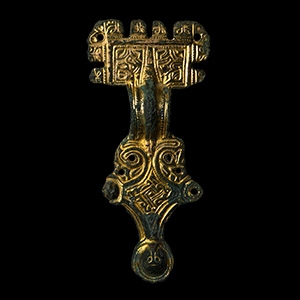

.jpg)
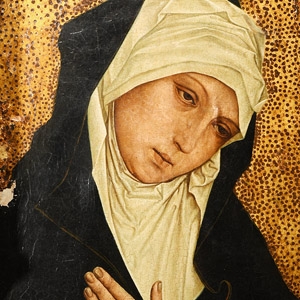

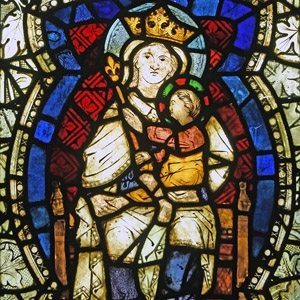
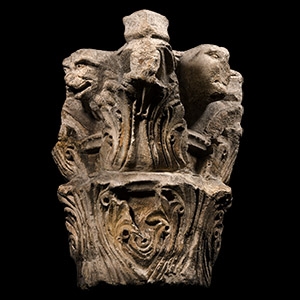
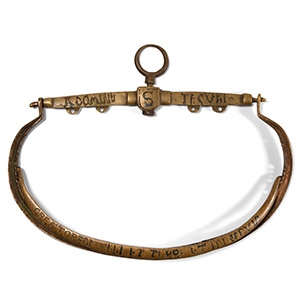
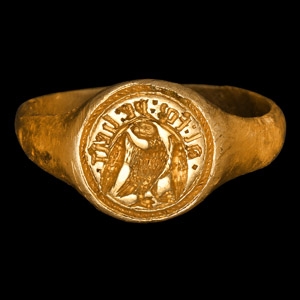
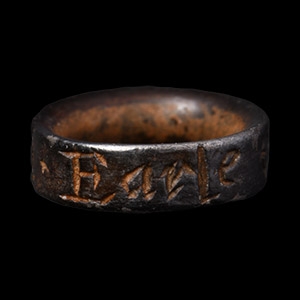
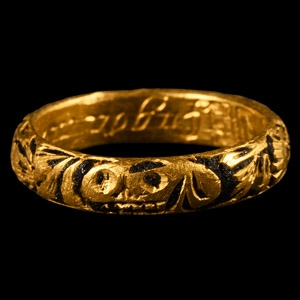
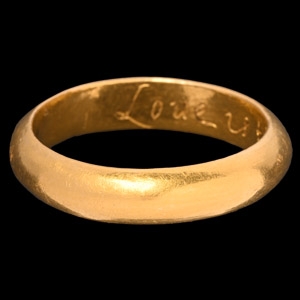
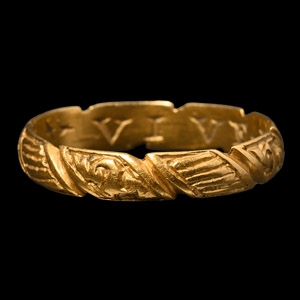
![English Milled Coins - George VI - 1937 - Cased RM Proof Coronation Gold Set [4] English Milled Coins - George VI - 1937 - Cased RM Proof Coronation Gold Set [4]](https://timelineauctions.com/upload/images/items/small/203351-s(2).jpg)

